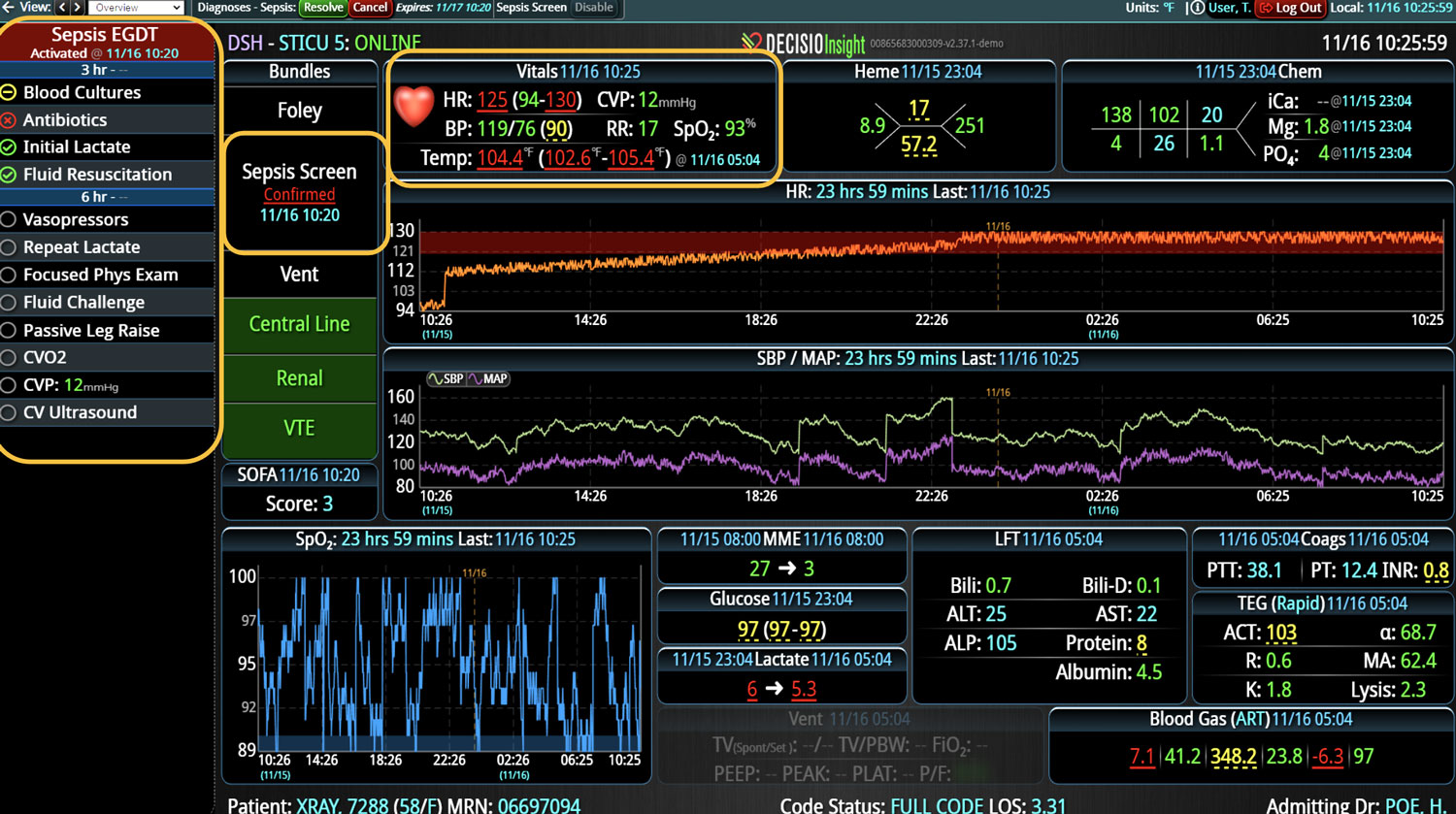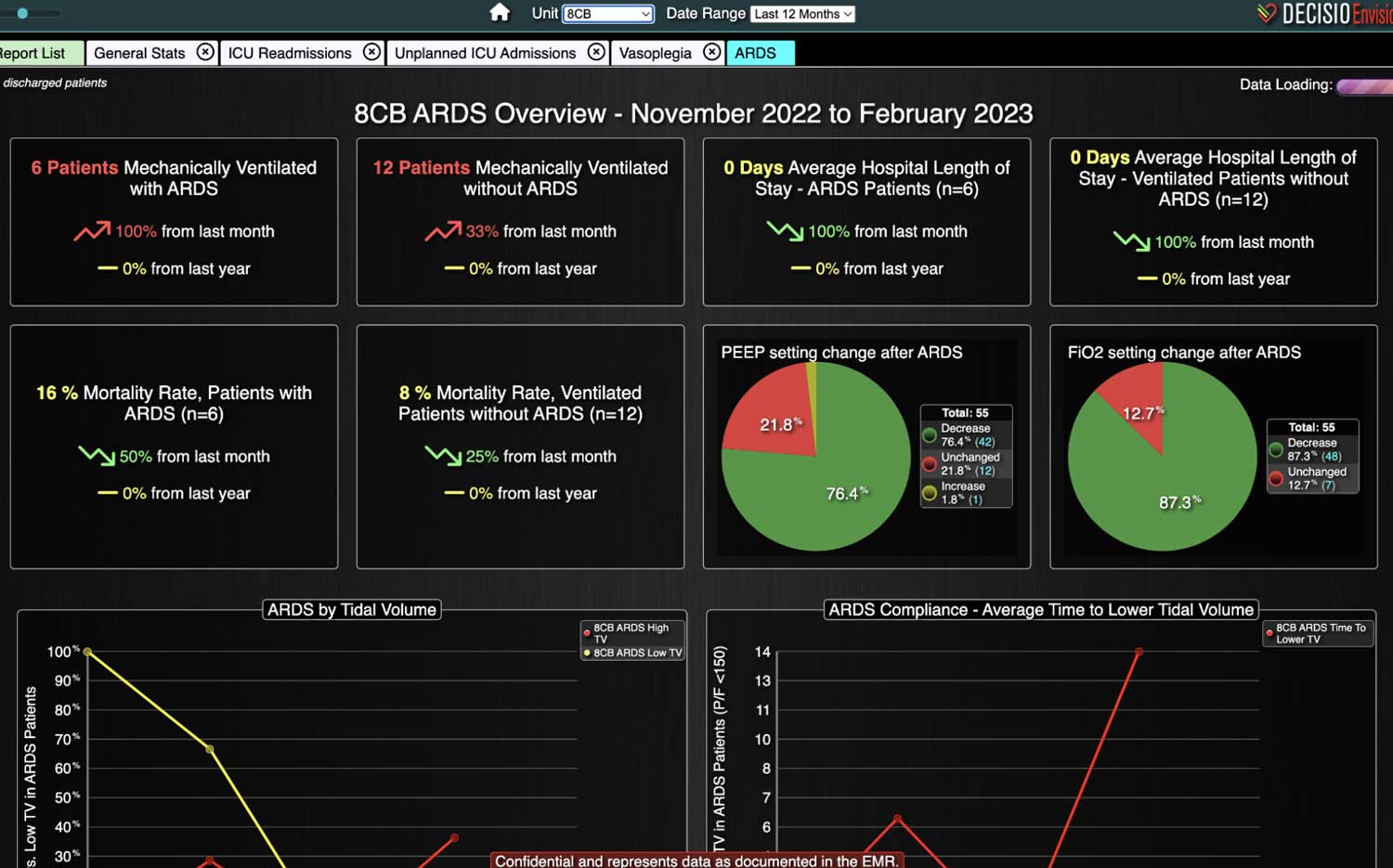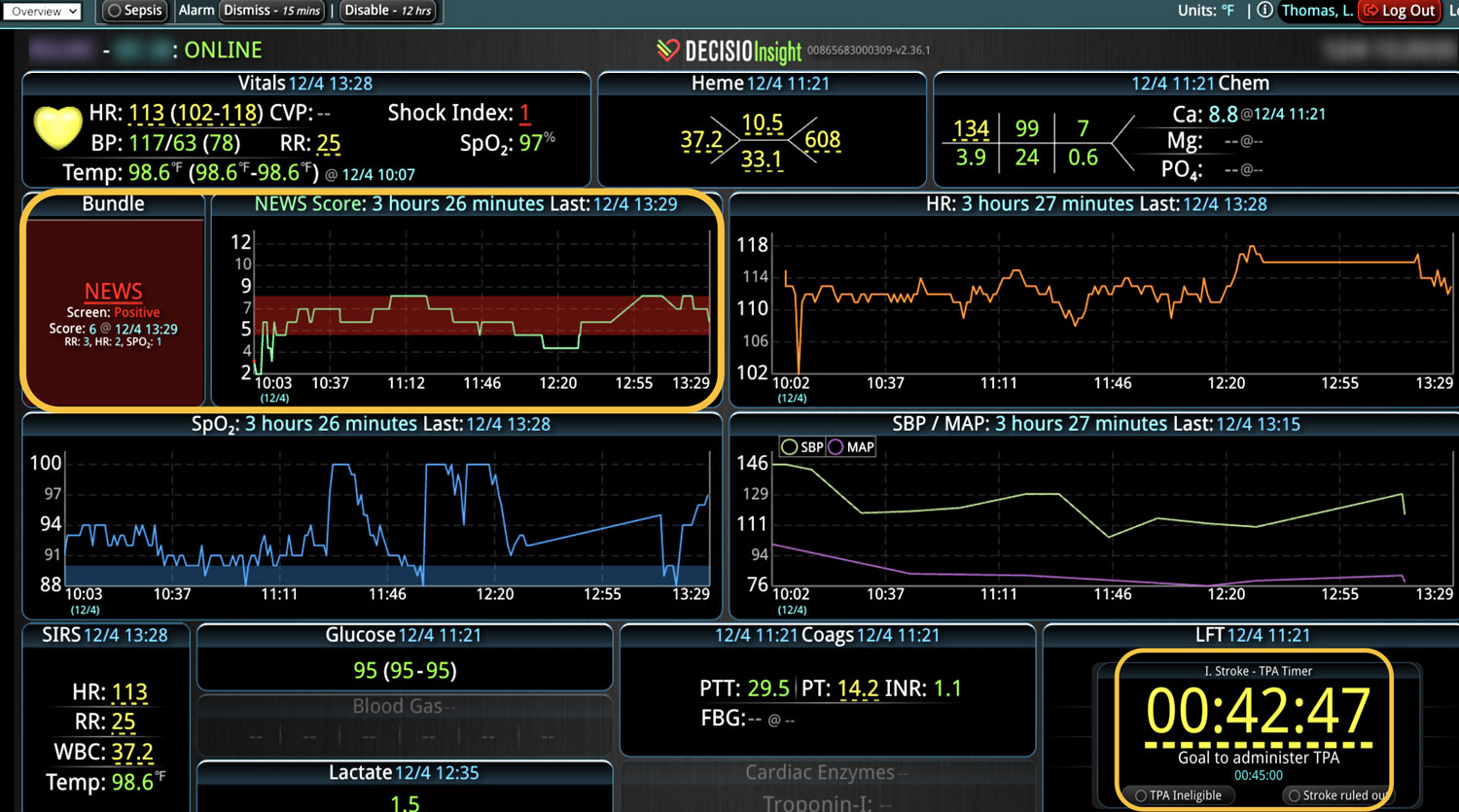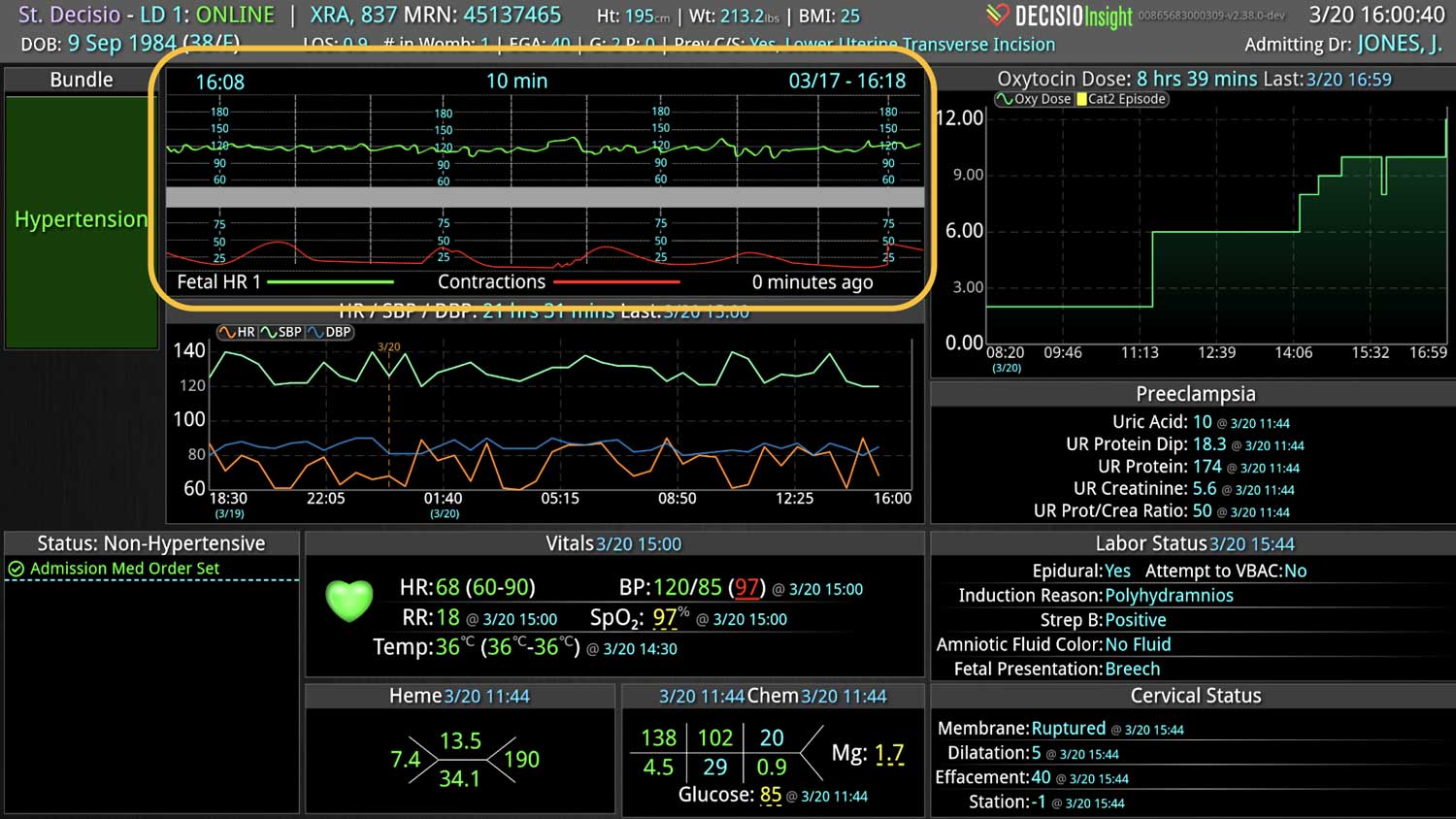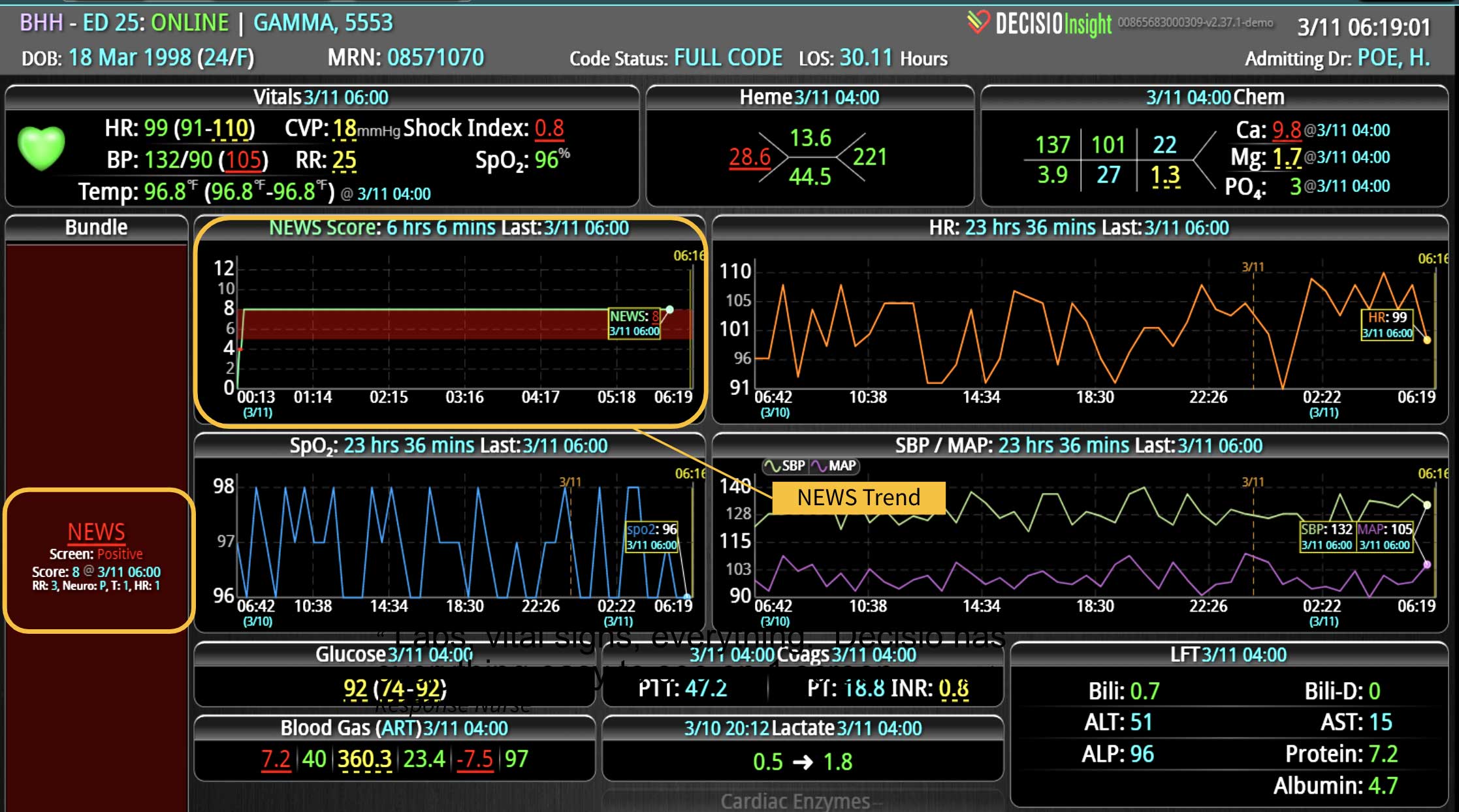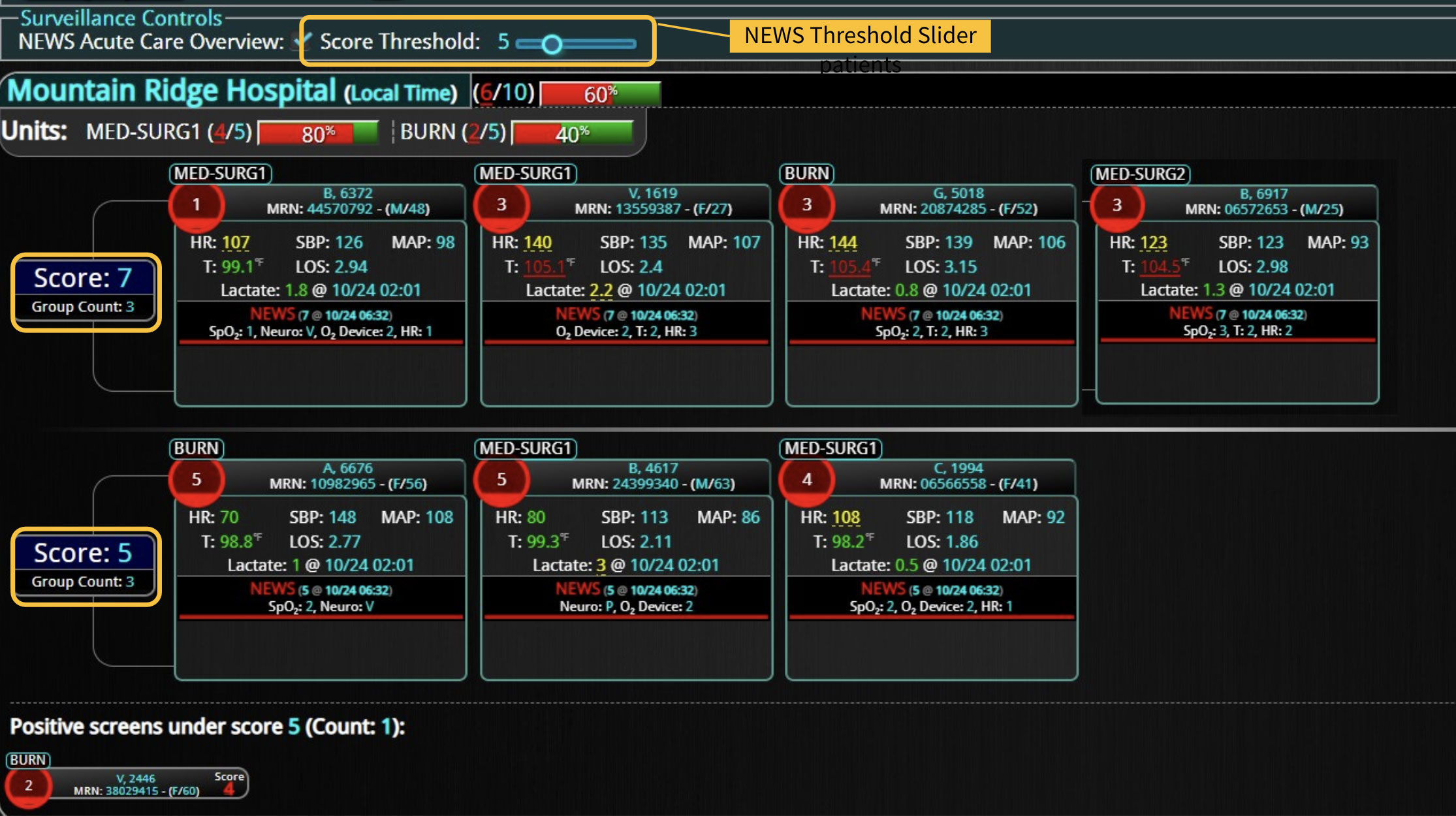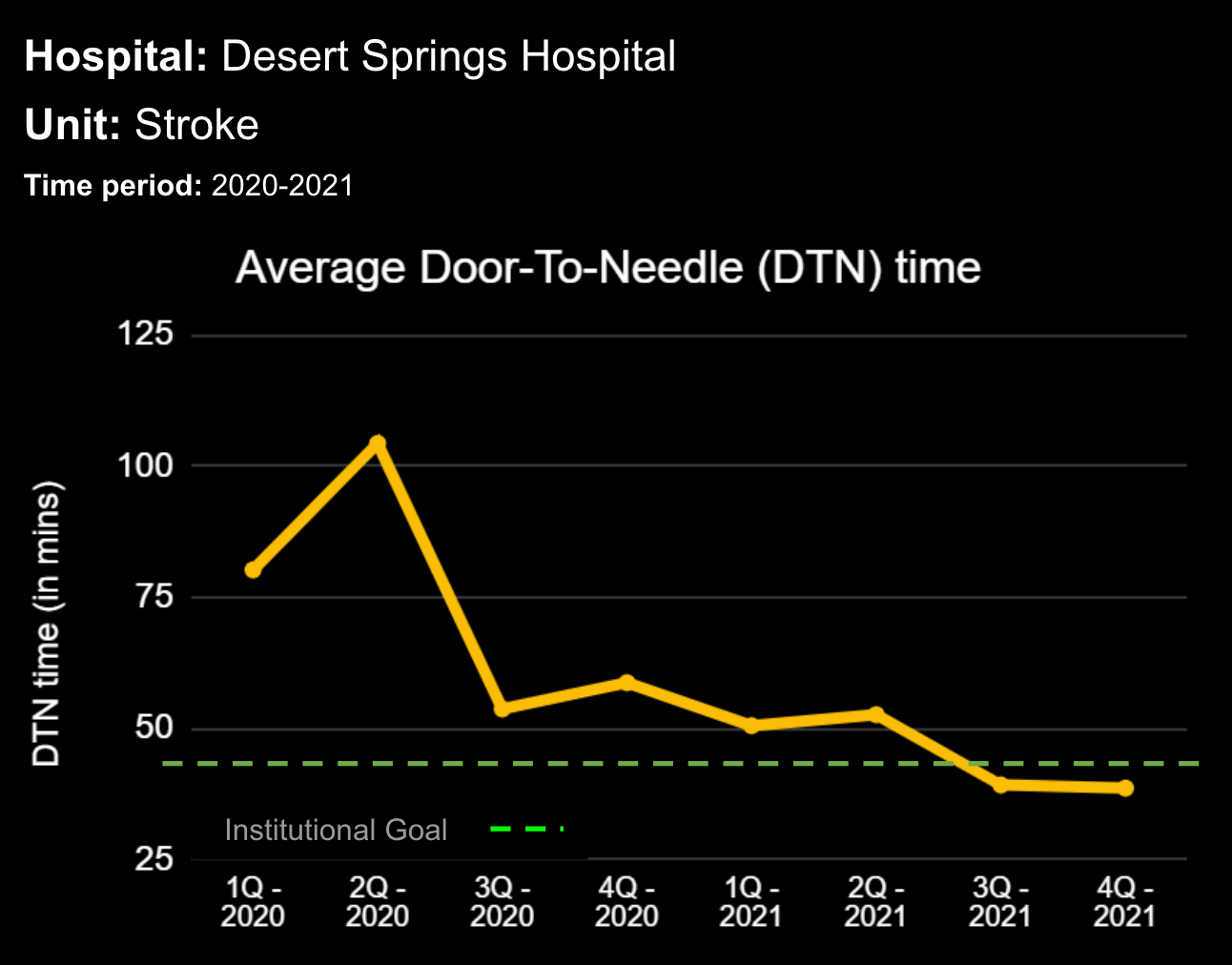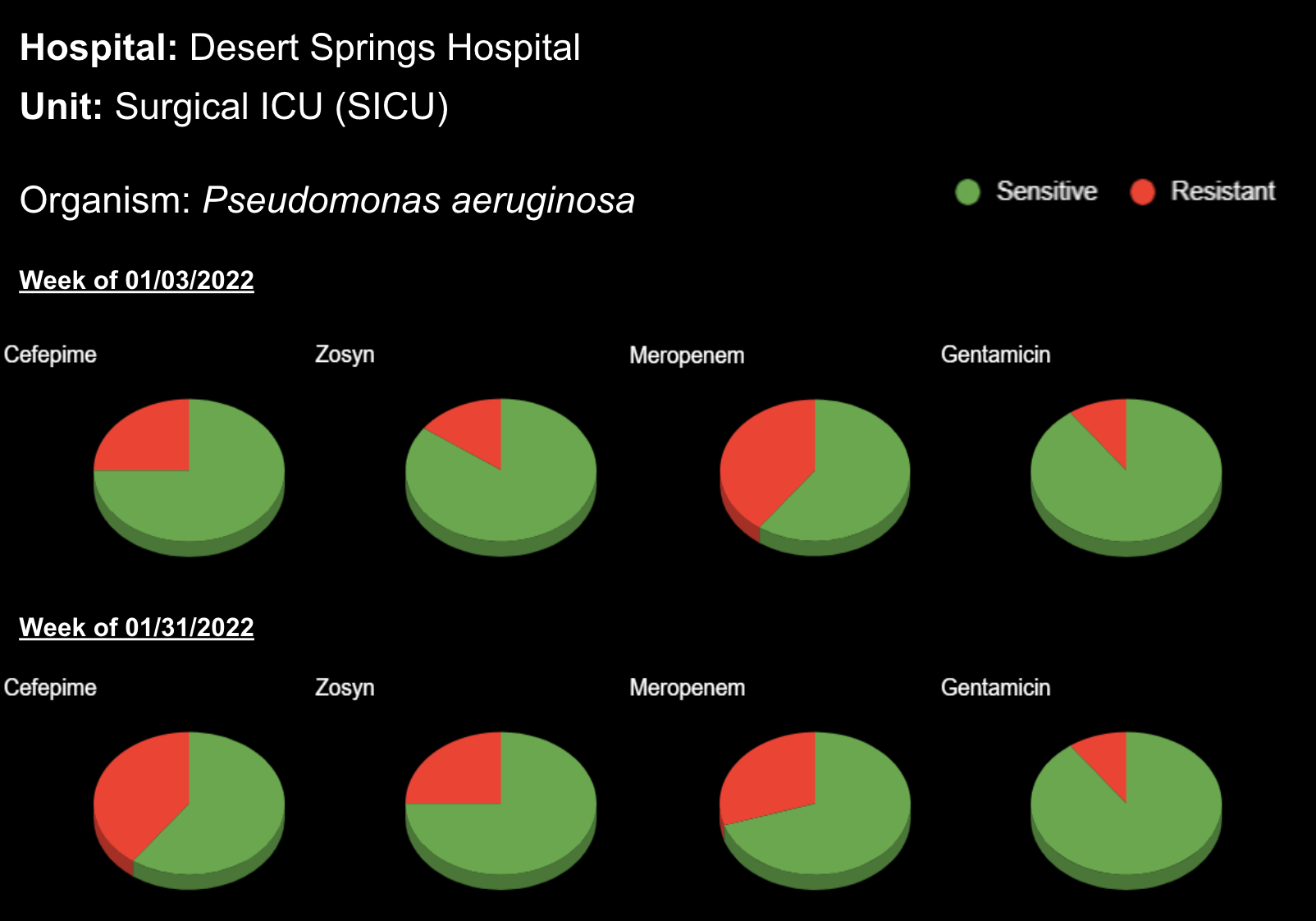
14 Aug Improving Unplanned ICU Admissions and the Virtual Rapid Response Process

Improving Unplanned ICU Admissions and the Virtual Rapid Response Process
At a 200-bed suburban hospital, affiliated with an academic center, patient safety and quality care are paramount. Over the past 60 days, remarkable progress has been made in reducing unplanned ICU admissions and implementing a virtual rapid response process, demonstrating a commitment to improving patient outcomes through innovation and dedicated teamwork.
Unplanned ICU Admissions: Significant Reductions
Unplanned ICU admissions, a key indicator of a hospital’s ability to manage patient deterioration, have significantly decreased over the past two months.
June 2024 vs June 2023: Unplanned ICU admissions decreased by 29%
July 2024 vs July 2023: Unplanned ICU admissions decreased by 53%
This improvement is attributed to proactive measures and the strategic use of data analytics for root cause analysis, facilitating the rapid identification and resolution of underlying issues.
Virtual Rapid Response Process: Enhancing Patient Safety
Introduced in May 2024, the virtual Rapid Response Team (RRT) process has been instrumental in these improvements. The virtual RRT (Rapid Response Team) process incorporates multiple crucial steps and technological integrations to ensure timely interventions and seamless communication among healthcare providers:
- Decisio Alerts: These alerts notify the team when a patient’s National Early Warning Score (NEWS) reaches a critical level, enabling prioritization of care without overwhelming the team. Note: Initial settings for NEWS were a score of 5 or 3 in any category).
- TigerConnect Notifications: Alerts are automatically issued through TigerConnect to inform relevant team members about potential issues, ensuring prompt awareness and response.
- RRT Log Documentation: Every rapid response call is recorded in the RRT log, providing a comprehensive record of the interventions and outcomes. With 114 interactions documented during June and July 2024, this log highlights the team’s active engagement.
Outcome Metrics and Analysis
The success of the virtual RRT process is evident through outcome metrics. Key performance indicators include the number of floor to ICU transfers, cardiac arrests on the floor and in the ICU, and overall patient mortality rates. The substantial decrease in unplanned ICU admissions demonstrates the effectiveness of early intervention strategies and continuous monitoring.
Next Steps and Continuous Improvement
While celebrating these successes, the hospital is committed to ongoing improvement. The next steps involve:
- Refining the Decisio alert system: Reassessing the alert thresholds to balance responsiveness and manageability.
- Enhancing Data Integrity: Ensuring accurate and complete documentation across all platforms.
- Continuous Education: Providing ongoing training for staff to maintain high standards of care and effective use of the virtual RRT tools.
Looking Ahead
The past 60 days have been a period of significant progress for the hospital. The reduction in unplanned ICU admissions and the successful implementation of the virtual rapid response process are clear indicators of dedication to improving patient outcomes. Moving forward, the hospital will continue to refine processes, embrace innovation, and ensure that every patient receives the highest standard of care.
For more detailed insights and updates on our ongoing initiatives, stay tuned to Decisio’s blog and follow us on our journey to excellence in healthcare.
Learn more About How we help clinicians improve patient outcomes
Schedule a call with our team to discuss how we are helping our clients revolutionize how clinicians manage patient interventions.




